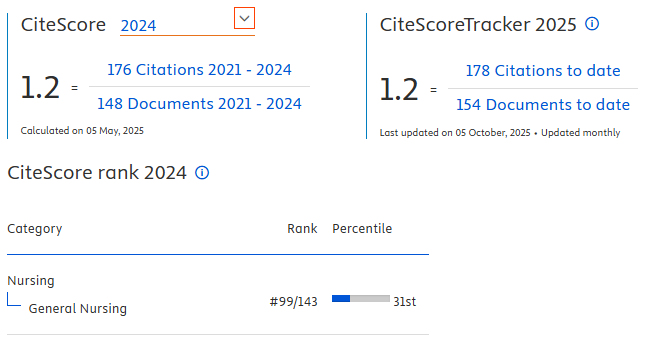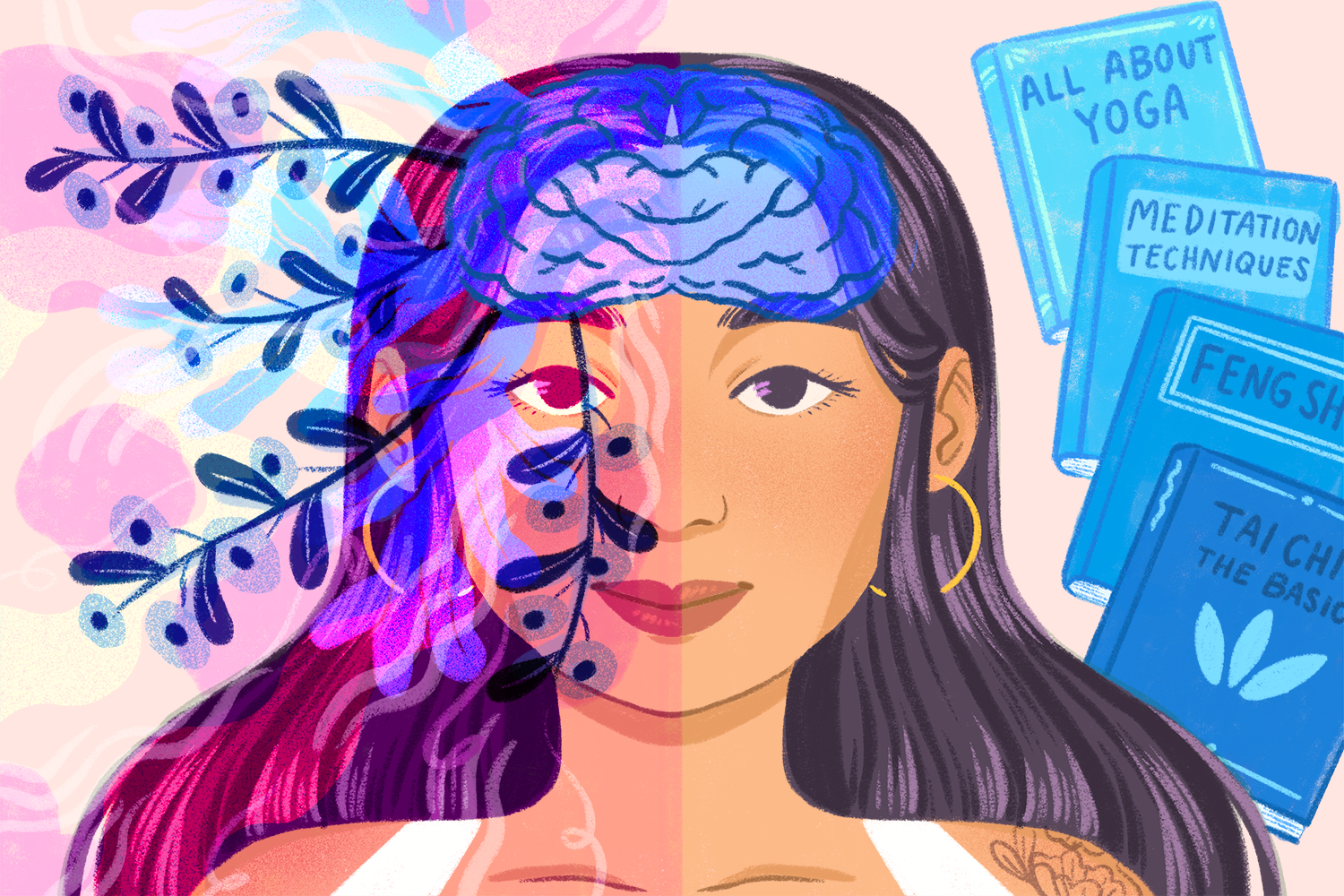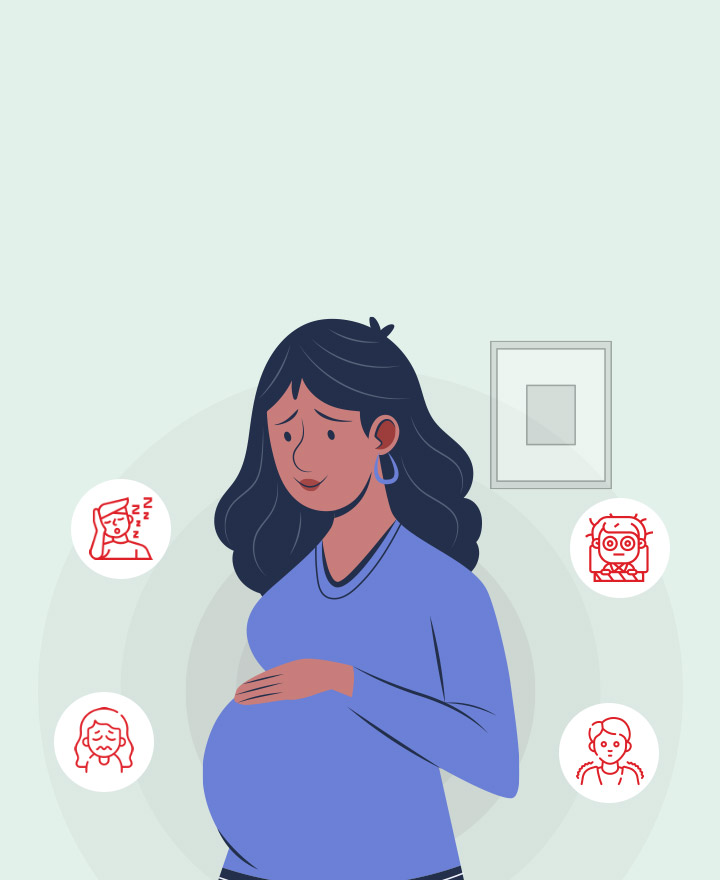Analysis of factors self-harm behaviour among adolescents undergoing drug rehabilitation in Indonesia
Downloads
Introduction: The study aimed to analyse the factors associated with self-harm behaviour in adolescents in drug rehabilitation.
Methods: This study used a descriptive-correlative design with a cross-sectional approach. The sample in this study was 241 adolescents who were in drug rehabilitation using the purposive sampling technique. This research was conducted in the Lido Centre for the Rehabilitation of the National Narcotics Agency, the Lampung Centre for Rehabilitation of the National Narcotics Agency, the Cipinang Besar Utara Narcotics Penitentiary, the Special Prison for Children of Jakarta, Lampung Narcotics Penitentiary, and the Al Islamy Foundation. This study used five questionnaires, namely the Internalized Stigma of Mental Illness, Self-Identity Questionnaire, UCLA Loneliness Scale Version 3, and the Deliberate Self-Harm Inventory. This study was analysed using a logistic regression test.
Results: The results of the logistic regression analysis showed that, from several factors related to self-harm, namely loneliness, self-identity, and stigma, two factors that are most related to self-harm behaviour are self-identity and stigma, with a p-value of 0.000 (p<0.05).
Conclusions: Self-harm behaviour can occur due to factors such as self-identity and stigma. This research can be a basis for providing nursing interventions to adolescents undergoing drug rehabilitation. Appropriate nursing interventions can help adolescents undergoing drug rehabilitation control the self-harm behaviour they want to engage in. Researchers recommend the importance of interventions aimed at strengthening self-identity and reducing stigma in efforts to prevent and treat self-harm behaviour. Additionally, future research is recommended to consider other variables that may also contribute to this behaviour.
(BNN), N. N. A. of the R. of I. (2019) The use of narcotics among adolescents is increasing, National Narcotics Agency of the Republic of Indonesia (BNN).
Ardani, I. and Handayani, S. (2017) ‘Hiv/aids related stigma as a barrier for health seeking behavior: a case study of injecting drug users in jakarta’, Buletin Penelitian Kesehatan, 45(2), pp. 81–88.
Arslan, G. (2019) ‘Mediating role of the self–esteem and resilience in the association between social exclusion and life satisfaction among adolescents’, Personality and Individual Differences, 151, p. 109514.
Azizah, U. et al. (2018) ‘Faktor-faktor yang berhubungan dengan masalah psikososial remaja di wilayah bantaran Kali Code Kota Yogyakarta’, Berita Kedokteran Masyarakat, 34(10), pp. 281–290.
d, J. E., Otilingam, P. G. and DeForge, B. R. (2014) ‘Brief version of the Internalized Stigma of Mental Illness (ISMI) scale: psychometric properties and relationship to depression, self esteem, recovery orientation, empowerment, and perceived devaluation and discrimination.’, Psychiatric rehabilitation journal, 37(1), p. 17.
Brown, V., Elkins, K. and Parker, A. (2016) ‘Self-harm and young people’, Research Bulletin, 5(1), p. 42.
Cacioppo, S. et al. (2015) ‘Loneliness: Clinical import and interventions’, Perspectives on Psychological Science, 10(2), pp. 238–249.
ChenT.C (2007) ‘Development and adaptation of adolescents: Theory and practice.’, in Development and adaptation of adolescents: Theory and practice. Taiwan: Psychological.
Dimmock, M., Grieves, S. and Place, M. (2008) ‘Research Section : Young people who cut themselves–a growing challenge for educational settings’, British journal of special education, 35(1), pp. 42–48.
Eaton, K. et al. (2020) ‘Pathways to self-stigma in parents of children with a mental health disorder’, Journal of Child and Family Studies, 29, pp. 1732–1744.
Evans-Polce, R. J. et al. (2015) ‘The downside of tobacco control? Smoking and self-stigma: A systematic review’, Social science & medicine, 145, pp. 26–34.
Gillies, D. et al. (2018) ‘Prevalence and characteristics of self-harm in adolescents: meta-analyses of community-based studies 1990–2015’, Journal of the American Academy of Child & Adolescent Psychiatry, 57(10), pp. 733–741.
Hosmer Jr, D. W., Lemeshow, S. and Sturdivant, R. X. (2013) Applied logistic regression. New York: John Wiley & Sons.
Ibrahim, N. (2017) ‘Gender differences and psychological factors associated with suicidal ideation among youth in Malaysia’, Psychology Research and Behavior Management, 10, pp. 129–135. doi: 10.2147/PRBM.S125176.
King, J., Cabarkapa, S. and Leow, F. (2019) ‘Adolescent self-harm: think before prescribing’, Australian prescriber, 42(3), p. 90.
Moran, P. et al. (2015) ‘Substance use in adulthood following adolescent self‐harm: a population‐based cohort study’, Acta Psychiatrica Scandinavica, 131(1), pp. 61–68.
Muehlenkamp, J. J. et al. (2012) ‘International prevalence of adolescent non-suicidal self-injury and deliberate self-harm’, Child and adolescent psychiatry and mental health, 6(1), pp. 1–9.
Oktan, V. (2017) ‘Self-harm behaviour in adolescents: body image and self-esteem’, Journal of psychologists and counsellors in schools, 27(2), pp. 177–189.
Russell, D. W. (1996). UCLA Loneliness Scale (Version 3): Reliability, validity, and factor structure. Journal of personality assessment, 66(1), 20-40.
Sansone, R. A., Wiederman, M. W. and Sansone, L. A. (1998) ‘The self‐harm inventory (SHI): Development of a scale for identifying self‐destructive behaviors and borderline personality disorder’, Journal of clinical psychology, 54(7), pp. 973–983.
Serafini, T. E. and Adams, G. R. (2009) ‘Functions of identity: Scale construction and validation’, Identity: an international journal of theory and research, 2(4), pp. 361–389.
Setyo, F. G., Razak, A. And Zainuddin, K. (2018) ‘Hubungan Antara Dukungan Sosialdengan Kesepian Pada Narapidana Kasus Narkotika Lapas Kelas Iia Sungguminasa, Gowa’. Universitas Negeri Makassar.
Stänicke, L. I., Haavind, H. and Gullestad, S. E. (2018) ‘How do young people understand their own self-harm? A meta-synthesis of adolescents’ subjective experience of self-harm’, Adolescent Research Review, 3(2), pp. 173–191.
WHO (2017) Mental Health Status of Adolescents in South-East Asia : Evidence for Action.
Copyright (c) 2024 Jurnal Ners

This work is licensed under a Creative Commons Attribution 4.0 International License.
Authors who publish with Jurnal Ners agree to the following terms:
- Authors transfer the Copyright and grant Jurnal Ners the right of first publication with the work simultaneously licensed under a Creative Commons Attribution 4.0 International License that allows others to remix, adapt and build upon the work with an acknowledgment of the work's authorship and of the initial publication in Jurnal Ners.
- Authors are permitted to copy and redistribute the journal's published version of the work (e.g., post it to an institutional repository or publish it in a book), with an acknowledgment of its initial publication in Jurnal Ners.
Jurnal Ners requires a formal written declaration and transfer of copyright from the author(s) for each article published. We, therefore, ask you to complete and return this form, retaining a copy for your own records. Your cooperation is essential and appreciated. Any delay will result in a delay in publication. The form can be downloaded HERE.
































